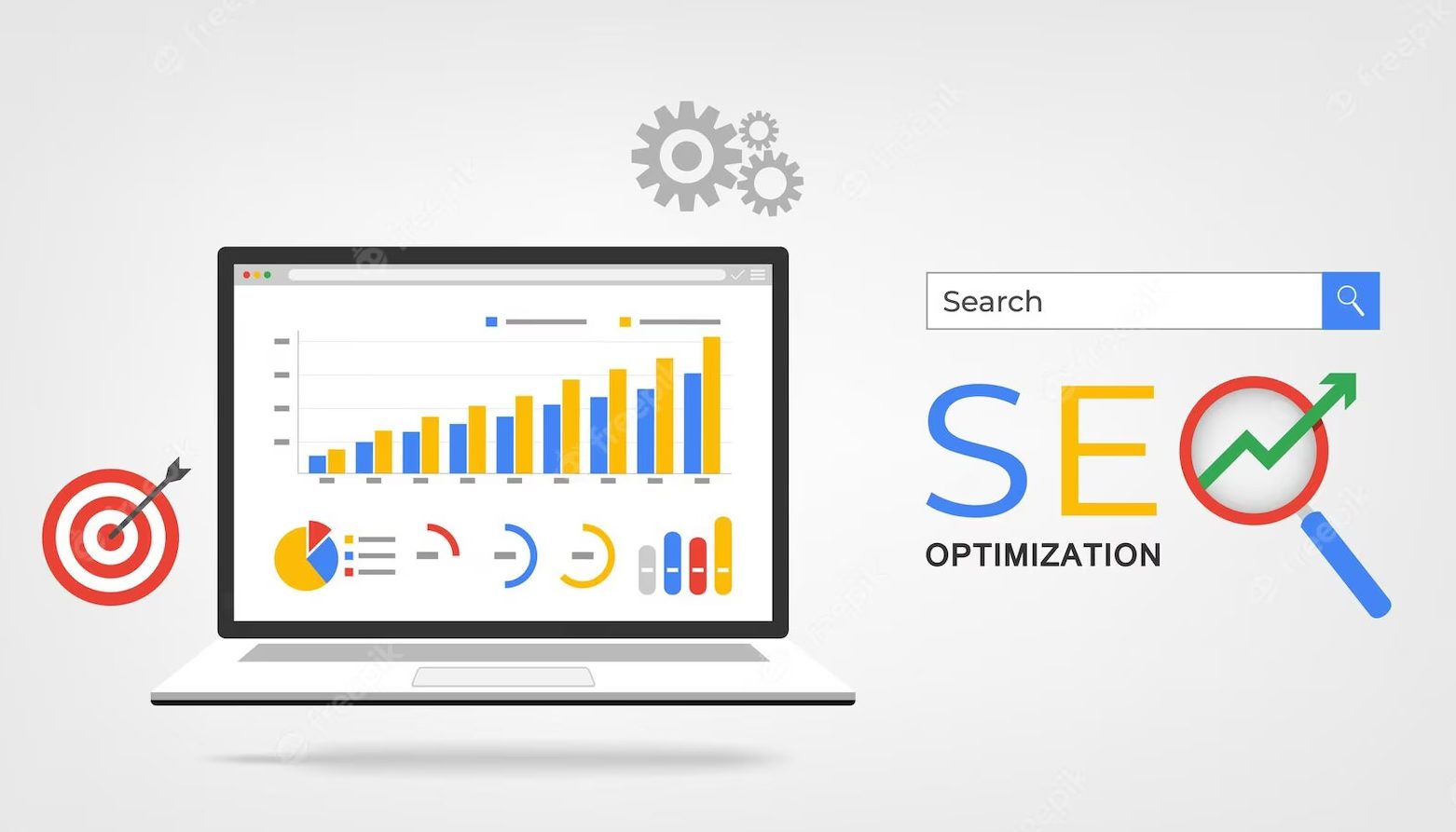Making your e-commerce website SEO-friendly is crucial for attracting organic traffic and improving your website’s visibility in search engine results and, more importantly, Sales 🙂
Consumer behavior is completely changing these days, new ways of Shopping online are being introduced fastly. One such transition is their reliance on e-commerce websites rather than physically visiting a store to buy products.
E-commerce websites help us to save our time these days. No Billing Lines, No Parking Issues, and much more. People search for products online via Search Engines and directly land to the best-matched e-commerce website and buy the product.
With the help of SEO, an e-commerce website can easily target the right audience, resulting in high sales.
Why SEO for Ecommerce?
SEO stands for Search Engine Optimization. Optimizing an e-commerce website can help in ranking at top positions in SERPs to the people’s search. The exciting part is that it is organic, which means totally unpaid and not controlled by advertising.
Proper website optimization will help you to connect more people to the products or services you offer on your e-commerce website.
Tips for building your e-commerce SEO Strategy
Whether you are a new business on the internet or an already established brand, some tips can help your website to rank faster and more importantly to your right targetted audience only with the help of Keywords. If your website ranks more, be assured that the Sales will be better than before.
However, we must know that SEO is an ongoing process that requires consistent effort and adaptation to stay ahead of your competition. Stay updated with the latest SEO practices, algorithm changes, and user trends to ensure your e-commerce website remains optimized for search engines.
💼 Need Assistance❓ Get your e-commerce website SEO friendly
Making your e-commerce website SEO-friendly is crucial for attracting organic traffic and improving your website’s visibility in search engine results.
Perform Keyword Research
Start by identifying relevant keywords and phrases that your target audience will likely use when searching for products similar to what you offer. Use keyword research tools like Google Keyword Planner or SEMrush to find popular and relevant keywords for your products.
Let’s go more in detail step-wise for choosing Keywords
- Start by researching the most relevant keywords for a particular niche.
- Find keywords that will have a higher ranking for your website.
- There are specific online tools available that can help you conduct this keyword search based on their rankings.
- Doing this keyword research with the help of tools will give you an idea about their positioning and utility to direct more audience.
- Using appropriate keywords will answer your audience about the things that they are coming to look for online.
- Once you have found the keywords to be used, sprinkle those keywords and use them as buying intent keywords wherever necessary.
Structuring the Site


Create a logical and user-friendly website structure by using categories, subcategories, and product hierarchies. Ensure your navigation menu is straightforward and working correctly, easy to follow, allowing users to find products and categories quickly.
- Once you have the relevant keywords ready after sorting and categorizing, you can meticulously structure the site in a way that will be user-friendly.
- The site should be made such that it is easily navigable.
- If redirection links are added to the site, be cautious about adding extremely relevant ones or do not add them.
- Make it easy for the consumer so they do not have to go through the hassles of multiple clicking to reach their option.
- Having a good structure of category and product pages on an e-commerce website can help increase ranking.
- Focus on building Internal linking on the website.
Use structured data markup, such as schema.org, to provide search engines with additional information about your products, such as price, availability, reviews, and ratings. This can also enhance your website’s appearance in search results and improve click-through rates.
Optimize Product Pages
Start working on optimizing product pages with unique and descriptive product titles that include relevant keywords. Write compelling and unique product descriptions that provide detailed information about the product, its features, benefits, and usage.
Also, optimize product images by using descriptive alt tags with keywords. Ensure each product has a unique URL with relevant keywords included.


Proper on-page SEO helps an e-commerce website rank on the Search Engine Results page, with more chances of people viewing them. To make your images available, one can add the keywords in the links, body copies, etc., because this will ensure more users.
Improve Page Load Speed
Optimize your website’s load speed, as it is crucial for SEO and user experience. Compress images, enable browser caching, minify CSS and JavaScript, and consider utilizing content delivery networks (CDNs) to enhance page load speed.
Use Unique Meta Tags
Optimize meta title tags and meta descriptions for each page, including product pages and category pages. Ensure they are unique and relevant, and include targeted keywords to entice users to click through from search results.
Generate high-quality and Unique Content
Develop a blog or resource section on your e-commerce website and regularly publish high-quality, informative content related to your products or industry. Incorporate relevant keywords naturally within your content, but avoid keyword stuffing.
- Your content should be optimized and hyper-specific for it to be recognized.
- The content has to rank well such that it answers the questions that the audiences are looking for, be it for a product or a service.
- The products and services have to be good for it to get a positive response from the people; however, good content could help create a consumer’s desire.
- A good advertisement put out can create strong communication and move the audience to action.
Link Building


Acquire high-quality backlinks from reputable and relevant websites. This can be achieved through outreach, guest blogging, content partnerships, or creating shareable content that naturally attracts backlinks.
Aim for a diverse and natural backlink profile to improve your website’s authority and visibility in search engine rankings.
- This is the process of increasing the number of inbound links towards a particular e-commerce website.
- These links are known as backlinks that direct the customers to your e-commerce website.
- Getting backlinks from credible and reliable websites helps gain the customer’s trust and a better ranking in search results.
- The links can be considered a referral over the confidence regarding the reliability of the particular website.
Optimize for Mobile Devices
Ensure your website is mobile-friendly and provides a seamless user experience on smartphones and tablets. Responsive design and mobile optimization are crucial for SEO, as search engines prioritize mobile-friendly websites.
Measuring Growth through SEO
Utilize tools like Google Analytics and Google Search Console to monitor your website’s performance, track organic traffic, keyword rankings, and user behavior. Regularly analyze the data to identify areas for improvement and optimize your SEO strategy accordingly.
- Proper analysis should be conducted to know where your e-commerce website stands regarding rankings and relevance.
- It can help one check the efficacy of the SEO optimization conducted on its website.
- Google analytics can help one analyze their organic traffic and the number of times the consumers have been redirected to an account.
- Survey-based research can be done to check the customers’ opinions after the optimization was done.
- It is better to keep track of the websites while one is using SEO.
Conclusion
SEO is an approach that should be done in a step-by-step manner and strategically. If it is done significantly, the results will be astonishing.
There will be more organic traffic towards your e-commerce website; more backlinks will arise, which means it increases your products and services’ credibility.







